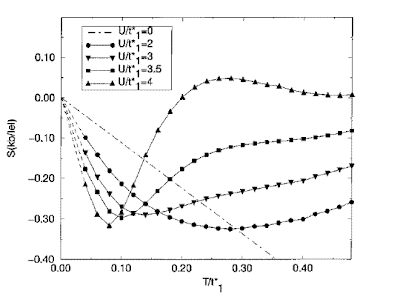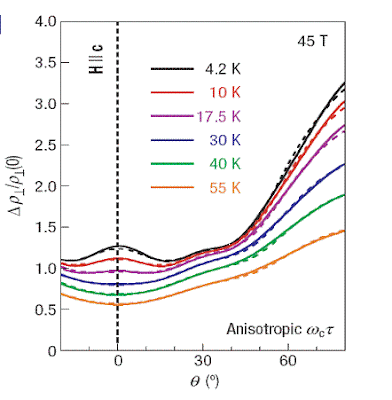Slow/good/fun science
Ben Powell alerted me to a stimulating post and comments about "Slow science" on the Quantum Pontiff blog. It is worth thinking about. Here are a few random thoughts: This gets back to a point I made in a few earlier "career advice" posts. Good reliable influential science is hard. Consequently, it is slow. I think we all need to do more "slow" science. We would produce higher quality work AND enjoy ourselves more. Don't blame the "system". Focus on your "circle of influence" (e.g, what you CAN change: how you choose to spend your time, how you review grant proposals, and papers) rather than your "circle of concern" (i.e., what you care about but can't change, e.g., the way universities hire, promote, etc., funding agencies make decisions). In spite of all the flaws of the "system" and the bean counters I think it is still clear that really significant work is rewarded . I agree with John Preskill (and Clin












